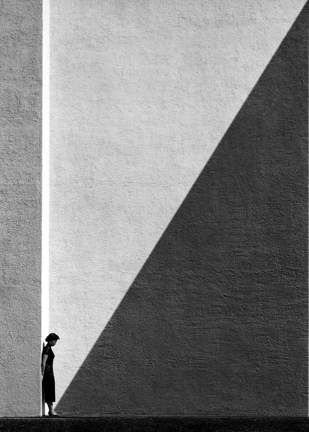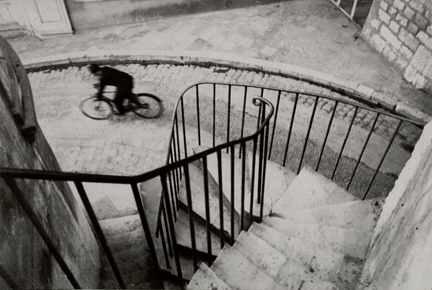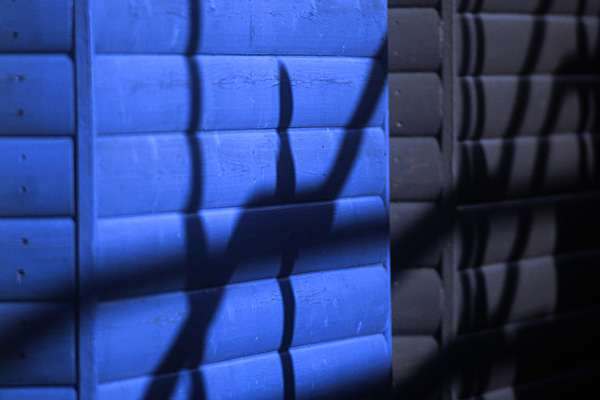I never expected this theme to run over three posts, but as I considered my self-posed questions, the stream of consciousness flowed and could so easily have continued to more. But I’m going to close with this post where I find myself wondering if anything I do can be considered “street”.
As someone who finds it exceptionally hard to photograph people, even people I know, street photography, in its widely accepted guise as (mostly) candid observations of people in public situations, is perhaps a challenge too far. So, back to my earlier question: how do you define street photography? Can I remain close to my people-free comfort zone and still be a street photographer? Or must I step outside my comfort zone and take a more people based approach?
Is shooting candid, surreptitiously from the hip, legal, moral, ethical, exploitative, or just plain creepy? It certainly feels uncomfortable, but why? When every hour of every day in every town and city on earth, someone in a public place raises their phone and snaps a selfie or a scene full of incidental “extras”. Would using my phone make me less self-conscious about taking street photos?
Does street have to be candid? or, as in the Winogrand example in the previous post, is it ok to interact with your subjects? Allow them to pose, or even to pose them yourself? Are we now looking at portraiture?
I re-visited some famous images from the past, and the more I researched, the more I reasoned that street is whatever you want it to be. There are no real hard and fast rules.

Fan Ho’s masterful “approaching shadow 1954” is an undeniably striking image, all about the play of light and shade. Fan Ho is known to have posed his cousin in the bottom left and added the diagonal shadow in the darkroom to achieve his perfect composition. Perhaps it’s a little unfair to choose this particular photo, as it’s not necessarily typical of Fan’s output, but it is probably his best known and therefor most hotly debated image so can stand a tiny bit more scrutiny. I think it’s art, but is it street?

HCB’s “Hyères, France – the cyclist. 1932” also got me thinking. I’m willing to bet that he found that elegant composition from the balcony and watched and waited for a while (a commonly used technique known as “fishing”)… maybe he even tried it out with a variety of options filling the upper left quarter, eventually deciding the blurred cyclist best fit his vision. and is it heresy to even consider that HCB might have asked the cyclist to make multiple passes in order to fine tune his composition? Try as I might, I can’t seem to find a contact sheet containing this image… perhaps that’s why.
Both these examples share the fact that the photographer found the location and the light, and either waited for something to happen, or made something happen. This is what I find missing from so much published street photography now. It’s too fast and too furious. It’s drive-by photography and it’s desperately unfulfilling.
So now the biggest question: does a street photograph have to have people in it?
Eric Kim refers to “Urban Landscape” and looks for “the uncanny of everyday life, while showing remnants of humanity” and “the human impact on the built environment” which may or may not include people. I think I’m much more comfortable with that.
Jason D Little on lightstalking.com, and Bob Patterson on streetphotographymagazine.com are similarly inclined, describing “a story that incorporates a human element without having a human figure”, and a “process of interpretation that is not dependent on whether humans are present”.
My takeaway from this little investigation – it’s all about location and light – so be there, and stay alert and something interesting might unfold in front of your lens. Interesting should be the watchword here… street photography should be invested with interest, back at our pavement café from the previous post, the scene with the bistro table and chairs with the raking shadows and reflections might be a whole lot more interesting without a random person in the frame, so only include that figure if they add to the composition. I heard an artist speak recently, and was struck when she said “we paint the people who fascinate us”… obviously she was speaking from a portraitist perspective, but a still life or landscape artist should have the same fascination for places and things, and it should apply to photography too… especially street photography… if you’re not intrigued excited and fascinated, perhaps you should put away your camera.
You may or may not agree with all, or even some of what I’ve written over the last three posts. It matters not. The beauty of democracy is that we can hold differing opinions without being judgemental. But whatever your position, one thing we must all agree on is the best photography crosses genres – it’s street, and documentary and reportage and urban landscape, and portraiture and fine art and whatever you want it to be.
